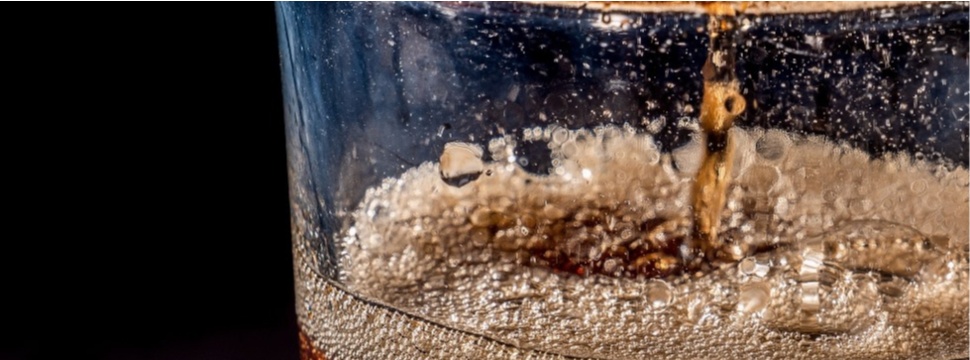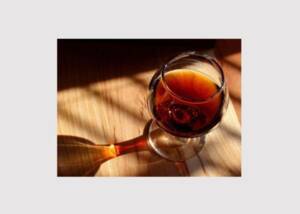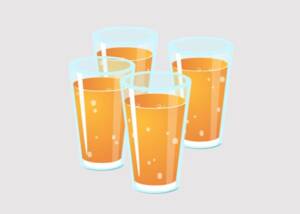The pleasant tingle in the mouth - carbonated drinks
News News blog
Anyone who has ever drunk stale cola or lemonade knows that these drinks taste significantly worse than the carbonated version. Why is this so? You will learn the reason in this article.

When people talk about carbonic acid in drinks, this is actually wrong. This is because the actual carbonic acid disappears from the drink within milliseconds and is neither visible nor perceptible in terms of taste. In contrast, the gas carbon dioxide (food additive E 290 in food and beverages) provides the pleasant tingling sensation in the mouth.
Carbon dioxide is usually produced in the course of industrial processes, such as petroleum and natural gas processing or through the release of carbonates by acids.
If it does not come from a natural source, the carbon dioxide is pumped into the water under high pressure. As soon as CO2 hits the water (H2O), carbonic acid (H2CO3) is actually formed, but it disappears again immediately due to its unstable form. What remains is carbon dioxide or bicarbonate and protons. The latter are responsible for the sour taste we taste in sparkling water.
Why do carbonated drinks taste so good?
The bubbling of the gas, the sour taste and the tingling sensation on the tongue stimulates the taste cells, the flow of saliva and the blood circulation in the tongue and palate.
In this way, the taste buds create an intense sensation in our palate. However, if the carbonated drink is stale, it tastes significantly worse.
The feeling of freshness of carbonated drinks is genuine, because carbonated drinks actually stay fresh longer. The carbon dioxide displaces the air and the pH value changes in such a way that microbes have no chance. This inhibits the growth of microorganisms and the beverages are more durable.










